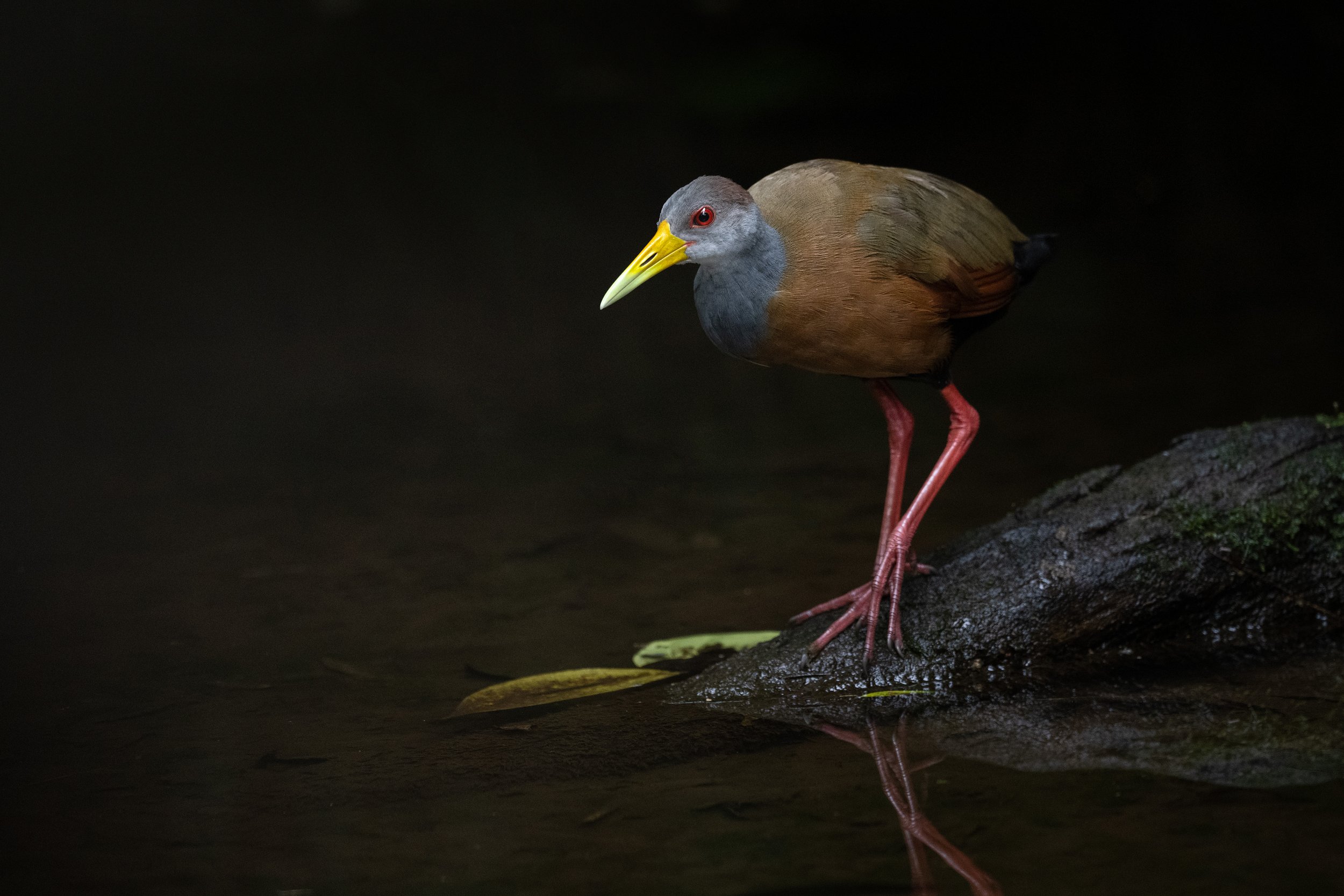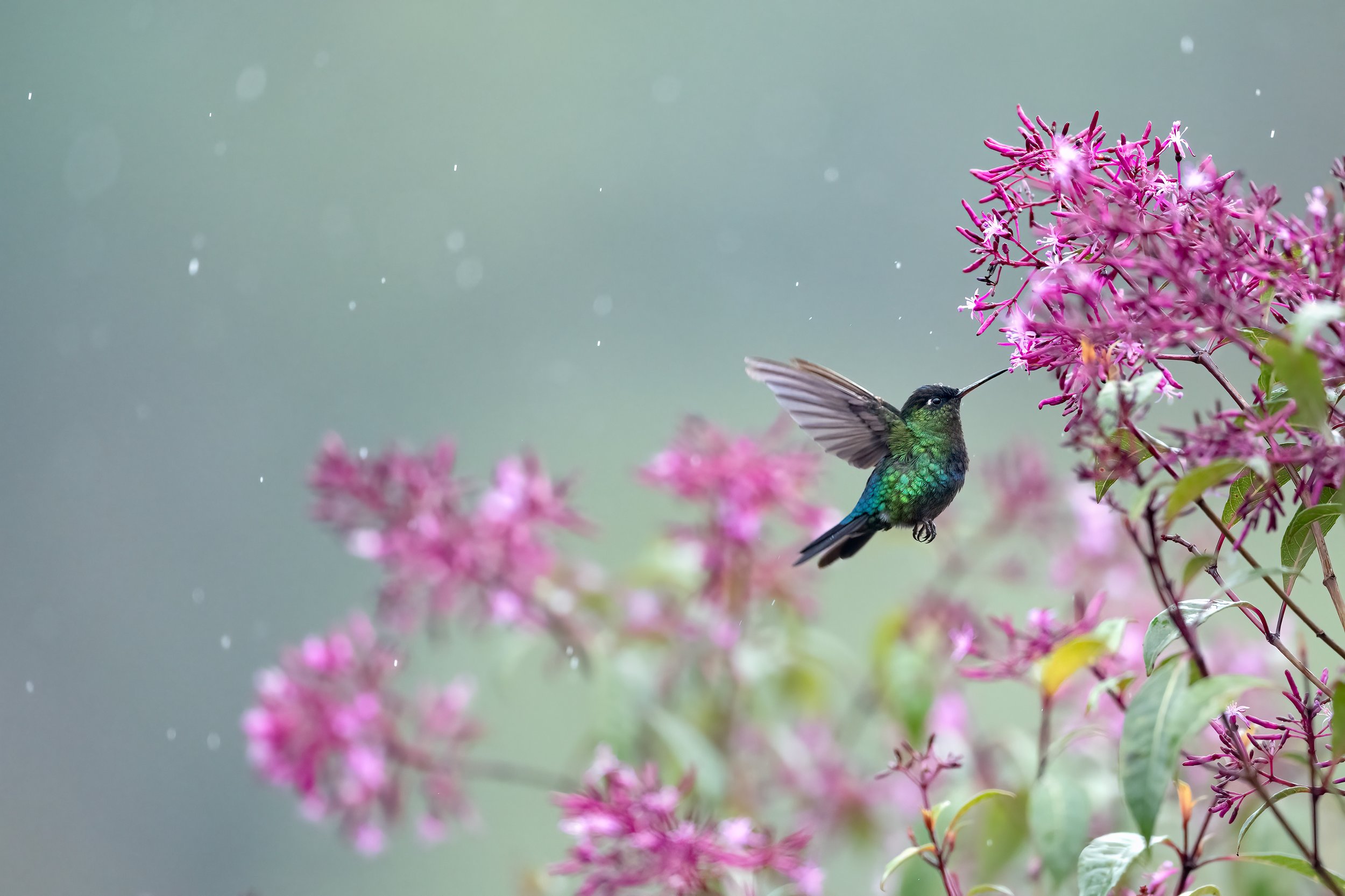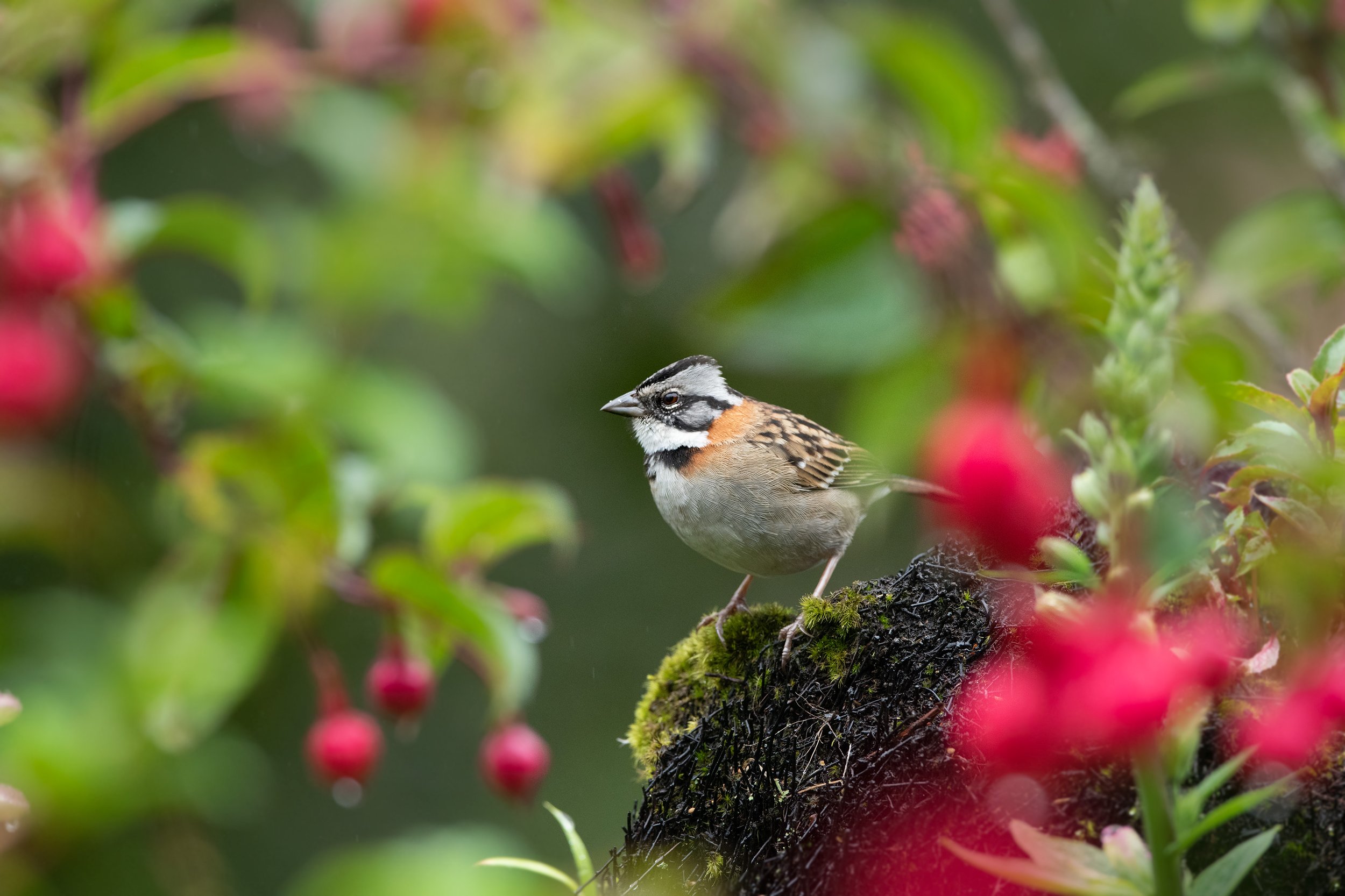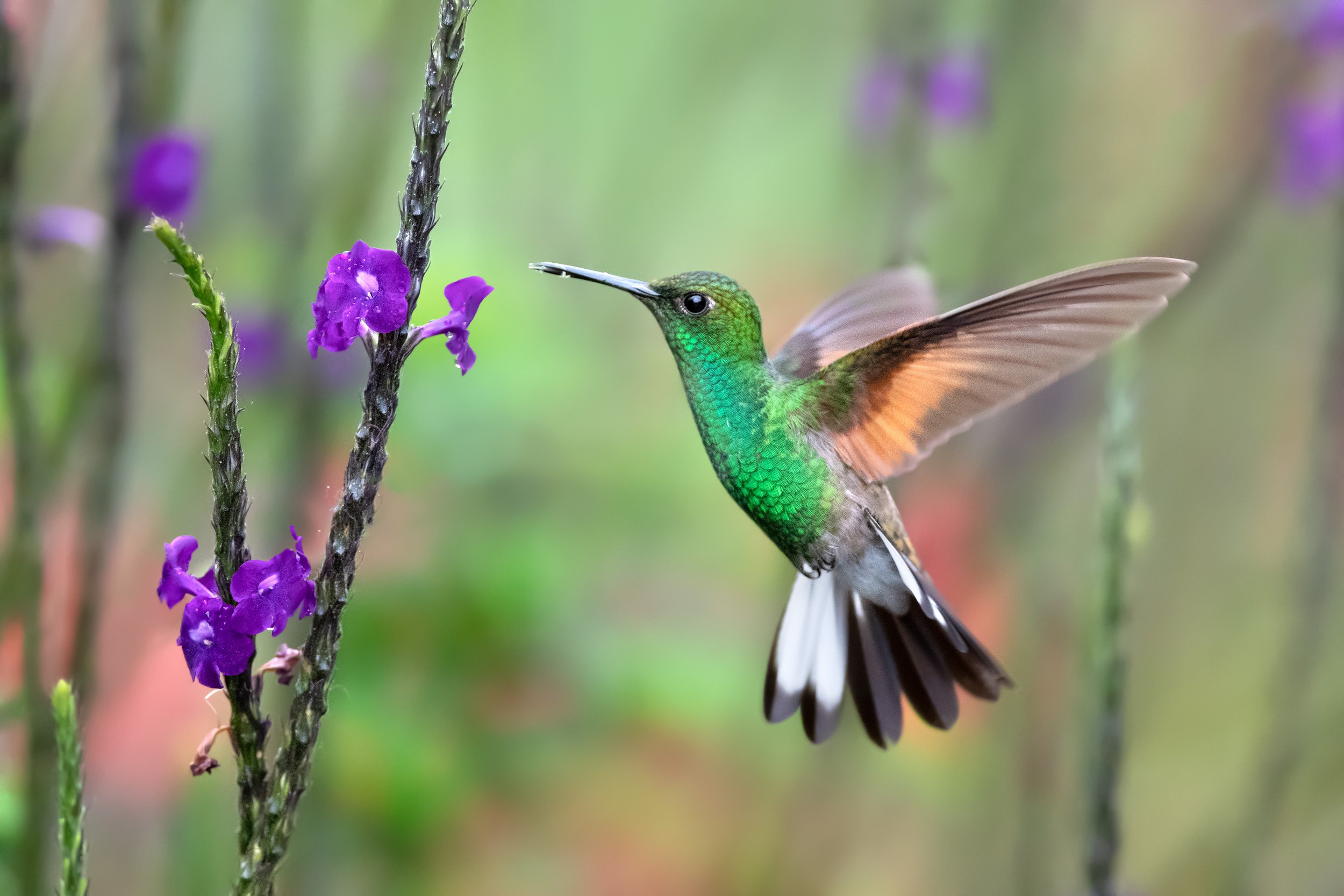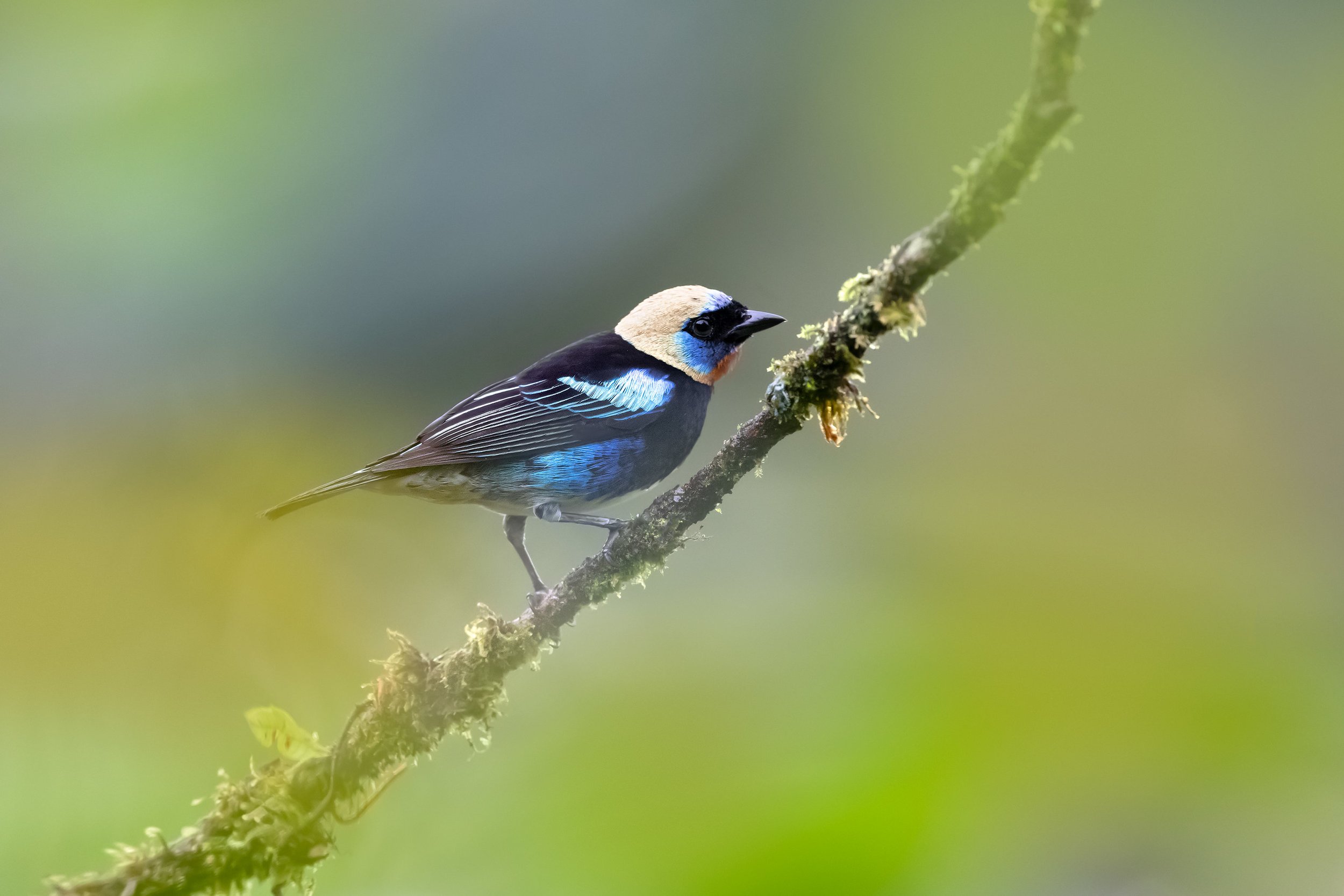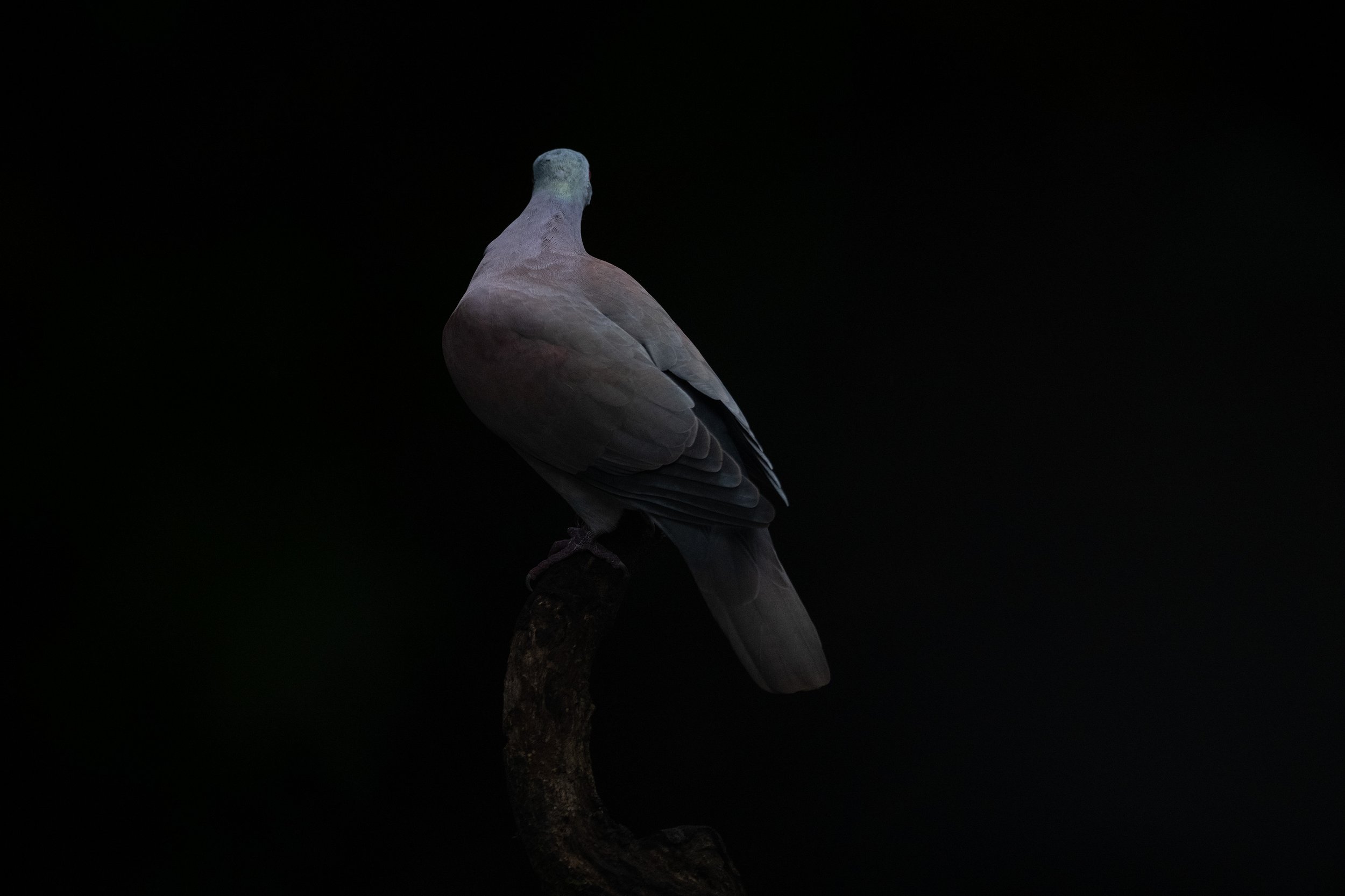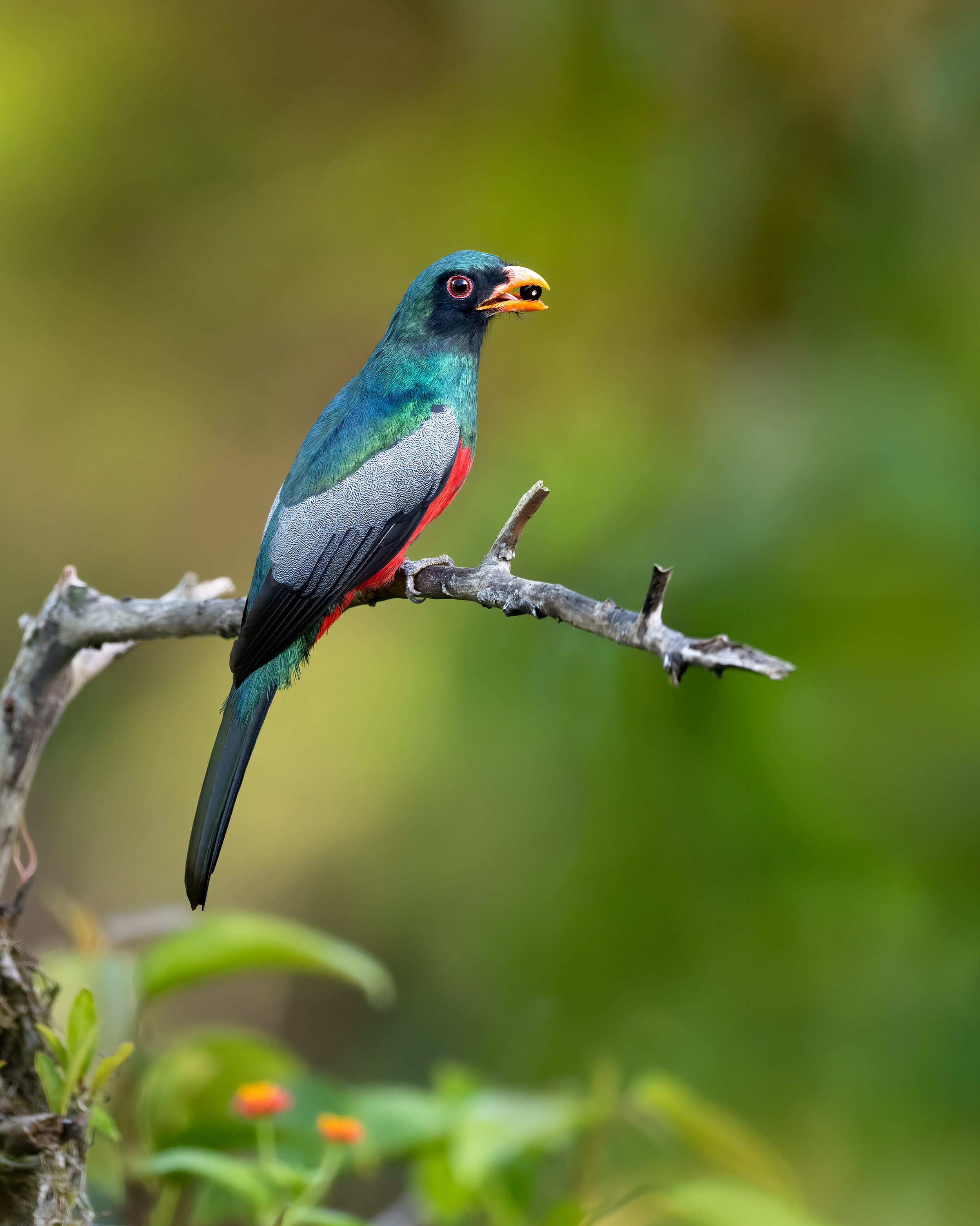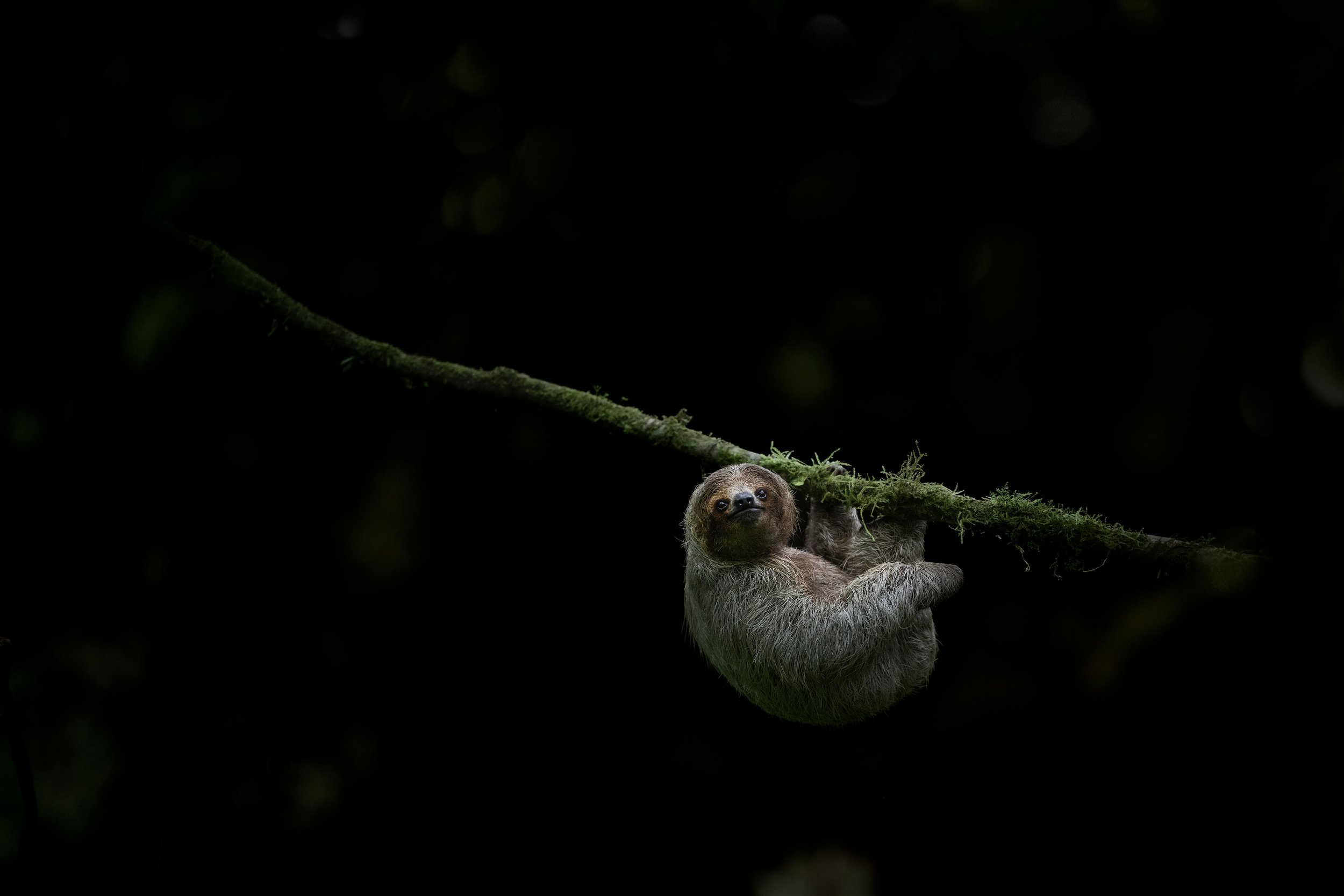Costa Rica Field Work and Target Birds 2027
Leader: Matthew Studebaker
Trip Dates January 20 - January 27, 2027
From: Fly to Liberia, Costa Rica, Fly out of Alajuela, Costa Rica
Target Group Size: 4-5 participants
Photo Tour Fees:
$6500 / person. ALL INCLUSIVE
Fee includes all lodging, food, in-field guiding, instruction, transportation and gas, permits, 18% tax. It even includes $240 in tips for drivers, cooking staff, lodge hosts, local guides, etc. Gifts and alcohol purchases are not included. A $2000 non-refundable deposit will be required to reserve the spot on the trip, then the balance of $4500 will be due 120 days prior to the trip.
This trip is perfect for people who love finding birds in their habitat, finding leks, natural feeding areas, and attracting them with calls. We are looking for species that you don’t normally get on an intro to Costa Rica tour. We’re looking for layered interesting and beautiful compositions. I’m intentionally putting this trip together to create something unique that other Costa Rica trips don’t cover. My specialty is field work, and I’m collaborating with local guides who grew up in Costa Rica and love getting into the habitat as well.
Schedule
January 19 - Arrive at Liberia Airport. We will have a ride for you to the hotel
January 20 - Seek out rare hummingbirds especially the Snowcap and Black-crested Coquette. Stay in Bijagua.
January 21 - Boat ride looking for Agami Heron, Black-collared Hawk, Jabiru, Jacanas, more.
January 22 - Antbirds, Antshrikes, Motmots. Stay in La Fortuna
January 23 - Striped Owl, White-tipped Dicklebill, Orange-collared Manakin at the lek. Stay in Fortuna.
January 24 - Bay-headed, Emerald, Speckled Tanagers and more. Stay in Alajuela.
January 25 - Search for Snowy-bellied Hummingbird, Red-headed Barbet, others.
January 26 - Search for Rosy-thrush Tanager, Ocellated Crake, more.
January 27 - Hummingbirds, Quetzals, Silky-flycatchers.
January 28 - Dropoff at Alajuela Airport
What to pack
Boots: Comfortable hiking boots that can get muddy
Jacket: You will want a coat that can keep you dry and warm. Temperatures could fall into the sixties which isn’t bad unless you are wet.
Umbrella: Not essential but a small travel umbrella could have use at times.
Clothes: I wear a baseball cap to keep strong sun and rain out of my face. Jeans are ok, but if you have pants that slightly more water resistant and breathable, that’s even better. Some people (including local guides) opt for shorts in the lower warmer elevations, but I like to have my legs protected. You will need short sleeves days, but long sleeves and a couple layers are better for cool mornings.
Binoculars: Not essential, but binoculars are convenient to help spot birds.
Lenses:
Bring a telephoto lens. Anything in the 500mm to the 800mm range will be good. If you use less than 500mm we recommend you also bring a tele-extender. We want to use this longer lens to photograph birds like Boat-billed Herons at a comfortable distance, and for small birds near feeders.
Bring a mid-range lens. A 70-200mm or an 80-400mm are both great choices for example. Mid-range lenses will be perfect for photographing birds of pray at close range and flight photography.
Also bring a macro lens. We will have a couple chances to photograph some incredible tree frogs, insects, and reptiles.
A wide angle lens is not necessary, but can be used for landscapes or creative work with animals at point blank.Camera: Bring a DSLR or mirrorless. A high frame rate is useful for capturing action, but even more important will be your camera’s ability to handle higher ISOs. In the forest with natural light, we will often want to use an ISO of at least 800, and often 1600. Those of us who are able to use 3200 will be even happier. Shooting at 3200 won’t be mandatory, but it makes life easier occasionally. We will have one Nikon shooter and one Canon shooter available to help answer incidental questions. If you are shooting other brands, we may not be able to help with technical questions. All photographers on this trip should have excellent working knowledge of their gear no matter what brand you use. This trip is not for the novice.
Other: Be sure to pack a tripod, tripod head, lens cloth. Bring lots of memory!!!!!! John Crawley and Matthew Studebaker have found that we fill cards faster in Costa Rica faster than just about anywhere else we have ever been. We shoot with 120 GB cards in the cameras and download to external portable drives each evening. You may want a cable release for hummingbird set-ups so that you can sit comfortable and trigger your camera without looking through the viewfinder. You can bring your own flash if you wish but it’s not necessary. All flashes, backgrounds, and triggers for multi-flash hummingbird work will be provided for you.
A positive attitude. We want this trip to be enjoyable for everyone. Negative behavior and abrasive attitudes are not tolerated. Please read the waiver when you pay your deposit.
Cell Phones and Internet: You have three options for cell service in Costa Rica. First, you can arrange with your service provider to have an international plan in order to avoid very expensive roaming charges. Second, you can buy a sim card at the airport. Third, you can turn your phone to “airplane mode” and simply use WhatsApp or text to communicate when wifi is available. Wifi is nearly always available at the lodges we visit, but it may be somewhat unreliable and almost certainly very slow.
Weather and Schedule:
The sun rises around 5:30am and sets just after 5pm. Our sleep and shooting schedule will very based on weather and the plans for the day. Be prepared for sunny, humid, warm weather with temperatures in the lower 80s during the afternoons, and in the 60s in the early mornings.
Transportation: Our group will have a private tour van with plenty of space as well as a dedicated driver to help with luggage.
Hotel: All accommodations are booked as single occupancy unless you tell us otherwise. More details on the lodging will be provided after you sign-up.
Physical requirements and convenience: This trip is incredibly easy as far as nature photography goes, but keep a couple things in mind. Most shooting will take place right next to the vehicle or from porches or decks of lodges. We will have one or two very very short walks into a rain forest. Accommodations will be comfortable, beautiful, but simple. Many roads will be small and bumpy.
Learning / Slideshows:
This photo tour is primarily about putting you in the right place at the right time to make the best photos possible during your time in Costa Rica. John will pass along exposure and camera setting suggestions. We may have some informal learning opportunities and brief slideshows, but this trip is not designed to help you learn how to use your camera. We will try to peek over everyone's shoulder from time to time to check histograms and exposures. Aside from that, we will need YOU to tell us if you have additional questions, learning objectives, or concerns.
Travel Insurance:
We strongly recommend getting travel insurance. If you decide to cancel the trip for any reason including travel concerns related to Covid, and we can’t fill your spot, we don’t provide refunds but you can protect your trip with travel insurance. Here are a few companies we recommend and/or have worked with.
TraveleX Insurance www.travelexinsurance.com
Seven Corners www.sevencorners.com
Trawick International www.trawickinternational.com
HTH Worldwide www.hthtravelinsurance.com
Cancellation Policy: Participant will receive a full refund of their deposit minus a $250 re-listing fee if we are able to fill the cancelled space. If we are unable to fill the cancelled space, we cannot issue a refund or credit of any kind, even for Covid related concerns.






